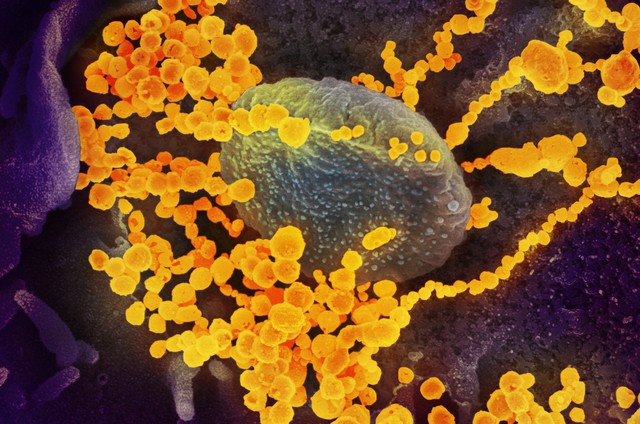The evolution of the virus cannot be predicted | science time
3 min read

With the arrival of the omicron variant, which has evidence, from the first cases reported, of being less aggressive than previous strains, since confirmed cases so far have been asymptomatic or mild, it has been speculated that this will be the way forward. “natural” From the evolution of any virus: it gradually breeds into strains that are more transmissible and also less pathogenic (that is, those that cause less severe disease).
Unfortunately, this is not true. Even the hypothesis makes sense when we consider extreme situations (a virus that kills its host so quickly that it doesn’t have time to infect others will soon die, and the virus spreads completely asymptomatically without anyone noticing), but there is a huge “middle line” between these two extremes, with many Possible positions for equilibrium.
The idea that viruses tend to become harmless was proposed by Theobald Smith (1859-1934), who in the nineteenth century noted tick-borne diseases in cattle, and concluded that every time cattle were infected, the disease was milder. It is concluded that there is a natural adaptation between the pathogen and the host towards peaceful coexistence.
But what is crucial for the virus is its transmission itself – what happens to the host next is irrelevant. Take, for example, an extreme case in which low virulence has already been observed: the case of myxoma virus in Australia. It causes serious disease in European rabbits, a species that entered Australia in the 19th century and has become an uncontrollable pest. In the 1950s, the Australian government decided to introduce the virus. The experiment became a poster boy for the decline of the virulence theory. But that’s not exactly what happened.
The original strain introduced in Australia, transmitted by mosquitoes, was nearly 100% lethal and killed rabbits within two weeks. This was followed by a strain with a slightly lower lethality, 70%-95%, which was killed within a month. Finally, there was a fatality rate of between 50% and 70%, killed in 50 days. In this case, greater spacing between mosquito bite and death was an advantage. The longer the animal is exposed to mosquitoes, the greater the number of mosquitoes and transmission of the virus. On the other hand, a breed that is too mild will not be of any use, because the rabbit’s immune system will quickly take care of it. More than just an order to slow disease down, evolution tends to strike a delicate balance between transmission and virulence. The dominant strain of myxomatosis has stabilized in Australia and remains highly aggressive, with approximately 75% of deaths. Moreover, after natural selection has favored virus-resistant rabbits for generations, a new variant has emerged that can turn off the animals’ immune systems. Without immunity, the rabbits died from opportunistic bacterial infections.
Today, the most accepted theory is fine-tuning, which takes into account several factors: the time between contamination and symptoms, the presence or absence of animal reservoirs and how long the virus persists outside the host.
In the case of SARS-Cov2, there is no selective pressure to reduce virulence. This could happen by chance, and it would be a very cool thing, but there is no evolutionary advantage. The virus is transmitted in the asymptomatic stage, long before a person becomes ill or dies. As for the coronavirus, it’s whatever happens to you after it’s passed on to the next host. It also includes a tank for animals. Thus, there is no reason to imagine that the virus will evolve to be like this or that. Each has its own tuning. Many microorganisms, unfortunately, evolve into more aggressive. Many of them do not change over time. Evolution is sensitive to chance, and properties are immutable if they are useful or if they are in the right place at the right time.

“Entrepreneur. Music enthusiast. Lifelong communicator. General coffee aficionado. Internet scholar.”

:strip_icc()/s04.video.glbimg.com/x720/11792055.jpg)

:strip_icc()/s03.video.glbimg.com/x720/11786998.jpg)



